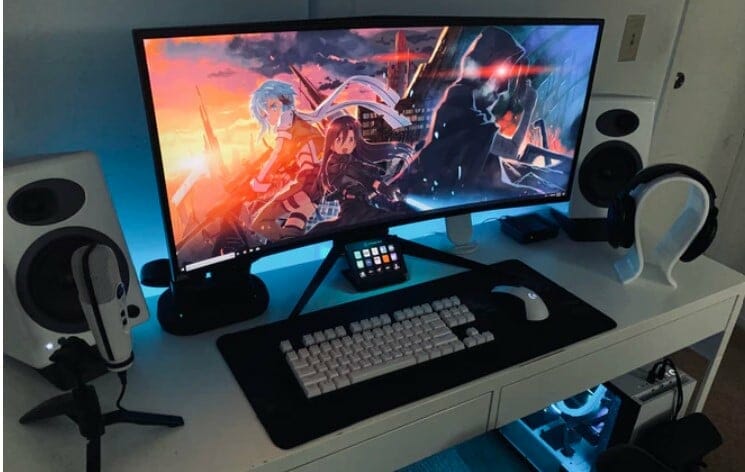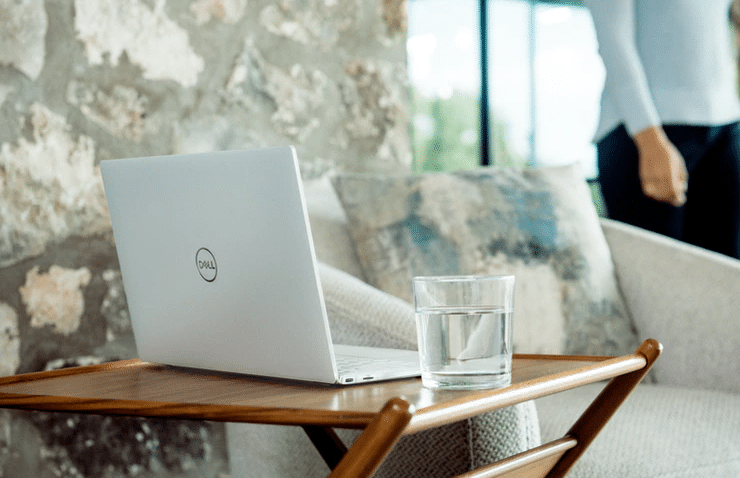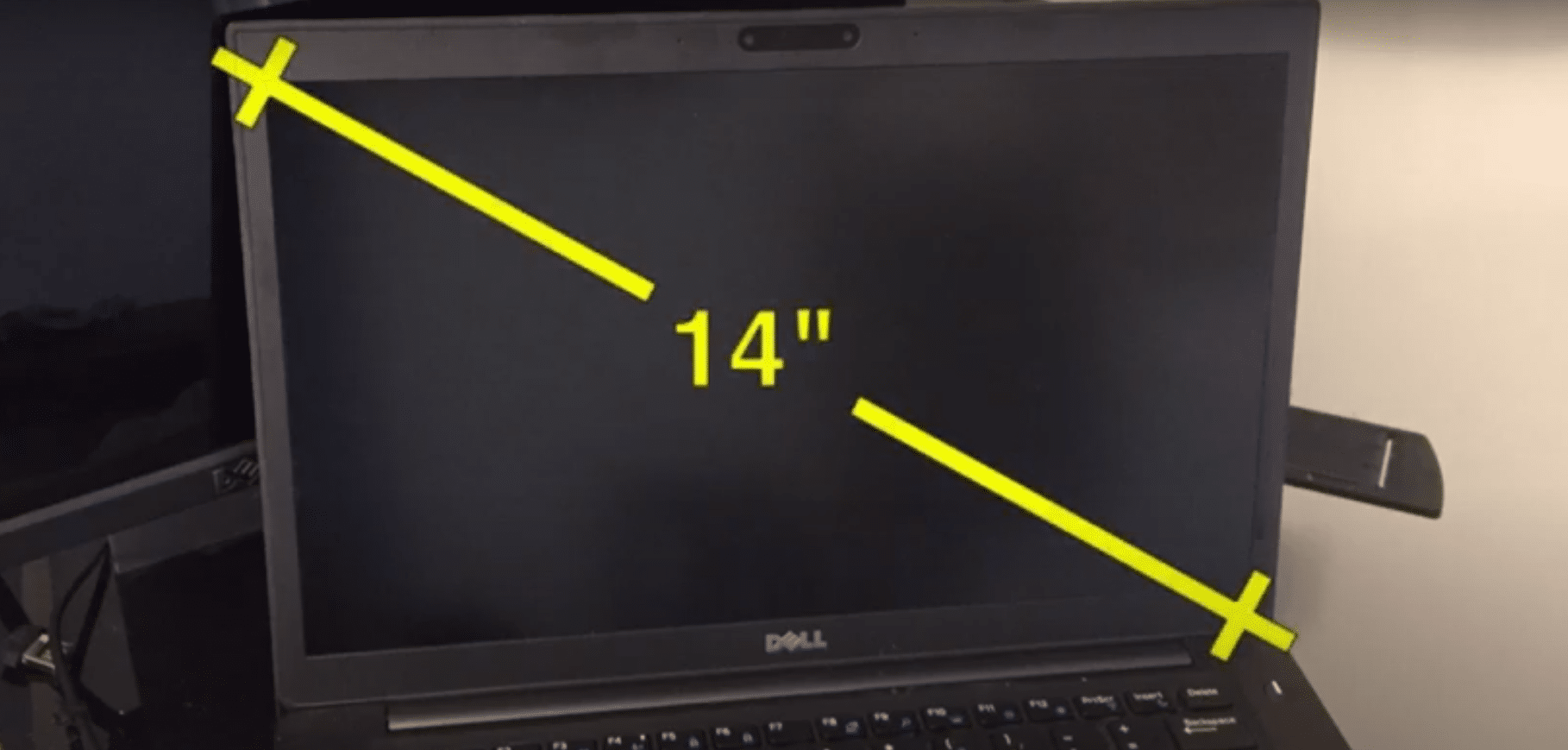Table of Contents
Do you want to determine whether the size of your monitor suits you? Are you seeking the size of your monitor to order a suitable filter for eye protection?
You can get your monitor's size quite easily, even without getting up if you are using your screen now. The simplest way is to check online. You can confirm from your manual, scrutinize your monitor's packaging, look at the model number, or by measuring the monitor.
Delve in for a detailed yet straightforward walkthrough on how to go about the above methods.
Key Takeaways
- Checking your handbook is the simplest approach to find out how big your monitor's screen is.
- Checking online is a simple additional method of determining your monitor size. You may find the screen size of your monitor using a variety of web tools provided by search engines like Google.
- Although some still employ a 14:9 aspect ratio, most displays have a 16:9 aspect ratio.
- Desktop monitors come in a variety of sizes, typically between 13 inches and 43 inches, however some go up to 50 inches. Typically, laptop monitors range in size from 11.6 to 17 inches.
- When determining the size of your screen, ignore the frame and only consider the screen itself.
How Can I Know the Size of My Monitor?
The most straightforward way to determine the size of your monitor screen is by checking your manual. If unable to obtain it, you can use a tape measure to check this by establishing the size of your screen from the bottom-right corner to the top-left corner - apart from the monitor size, you should make sure to learn more about the technology used to make it and its features, as explained in our thorough guide on monitors for computers.
Tip- As you measure the size of your screen, don't include the frame, have only your screen.

How Can I Tell What Size My Monitor Is Without Measuring?
Without a measuring tool close by, you can still determine your computer monitor size using the following simple ways.
Model Number Determination
Check the model number of your laptop or desktop. Typically, you'll find your monitor size embedded into the model number of your computer. For instance, you may have a VIOTEK GFV24CB monitor. The first two numbers after the letters signify the size of your screen in inches, i.e., this VIOTEK monitor is a 24-inch machine.
Checking The Computer Manual
You can also read your computer monitor manual for sizing information. Besides the other specifications included, one of the key attributes is the monitor size.

Online Search
Another simple way to determine your monitor size is to check online. Search engines like Google will give you multiple online tools that you can use to determine the screen size of your monitor.
A second method to quickly establish the monitor size online is by accessing the website of your computer's brand.
Visit the official website for the brand of the monitor you are using, as it has accurate information on the model. Type your monitor's model number in their search bar or peruse through the website for the monitor's sizing information.
Look at the Back of Your Laptop
At the back of your laptop, you will find a sticker with the screen sizing information. The laptop may also include an etched number indicating the sizing.

Check Your Packaging
Do you have the original packaging of your monitor? It should contain the screen's size.
How to Measure the Size of Your Monitor?
The majority of monitors have a 16:9 aspect ratio though some still use an aspect ratio of 14:9 (see our aspect ratio guide).
Desktop monitors come in many sizes, usually ranging between 13 inches to 43 inches, while some extend even beyond 50 inches. Laptop monitors typically come at 11.6 inches to 17 inches.
Measuring your monitor should be your last resort, as you are likely to include errors in your measurements.
Consider the Filter Type You’ll Attach To Your Computer Monitor
When determining the size of your monitor, it is critical to keep the filter type you intend to use in mind. A framed monitor filter, for example, fits differently than a frameless screen filter.
Here is the procedure for monitor screen measuring.
Diagonally measure the size of your computer screen. As you align your measuring tape or ruler to the top-left corner, remember to exclude the computer's frame and only establish the screen size.
The size of your diagonal measurement ought to be precisely in line with the diagonal measurement of your frameless screen.
Measure the visual height and width of your screen, excluding the frame. These should also match the computer screen dimensions of the filter you will insert on the computer monitor.
Determining the Size of Your Laptop Screen
You can measure a laptop screen, similar to the way you measure computer monitors to better understand your screen space.
Measure the Diagonal Size
Check the diagonal size of your laptop screen from the top-left corner (within its bezel) up to the bottom-right corner (within the bezel) to attain the precise screen size of the laptop.
Determine the Screen Width and Height
Laptop screens mostly fall within 11 inches to 17 inches. But if you want to get a protective filter for the screen, you need to establish the width and height.
Most laptops feature bezels. For this reason, you will have to take the measurements within them to obtain the precise screen size.

Take the monitor height measurement right from top to bottom (within its bezel) and establish your screen width measurements.
Typically, laptop filters get measured in inches, so you'll want to establish the screen measurements using these units.
Searching Online
Like determining computer monitor sizes, you can also go online to establish the size of your laptop screen.
Typing the model and name of your laptop on the search engine presents you with various websites that can provide you with accurate screen size information, among other laptop specifications.
Searching the manufacturer's website should provide you with information on the size of your screen. If the manufacturer's website contains a search box, type in your laptop's model number to see its different attributes, including the screen sizing.

Make sure you carefully write the model number as different laptop manufacturers have diverse methods of determining their laptop models.
Usually, e-commerce websites, for example, Amazon.com, also have the screen size of numerous laptops, especially if you are using a relatively old machine.
How Do I Find My Screen Size on Windows 10?
The simplest method to establish your screen size is determining your model's specifications using the previously reviewed procedures.
You can measure it manually or online, or you could check your computer's backside for monitor size information.
What Differentiates Screen Resolution and Screen Size?
Screen size refers to the physical dimensions of the monitor, excluding the bezels. On the other hand, screen resolution encompasses the pixels that cover the screen. You can change the screen's resolutions irrespective of your monitor's size.
Conclusion
So, how do you establish your monitor size? The process is as simple as conducting an online search on the manufacturer's website or other trusted websites. You can also check the packaging or back of your computer. You might also establish the screen dimensions by manually measuring the display from the bottom right corner to the upper-left corner.
Probably, the aim of determining your monitor size is to choose a display that is perfect for your application or as a means of establishing the correct dimensions for a filter. When it comes to computer monitor physical sizes, the best range to consider is from around 24 inches to 30 inches - see our 'What Is the Best Monitor Size?' post.
Such monitor screen sizes are the most suitable for work from home purposes and even a favorite among online gamers.
Bigger monitor screen sizes typically prioritize better screen resolution and color clarity. With larger monitors, you should expect more apps, formats, and support for more simultaneous operations.


